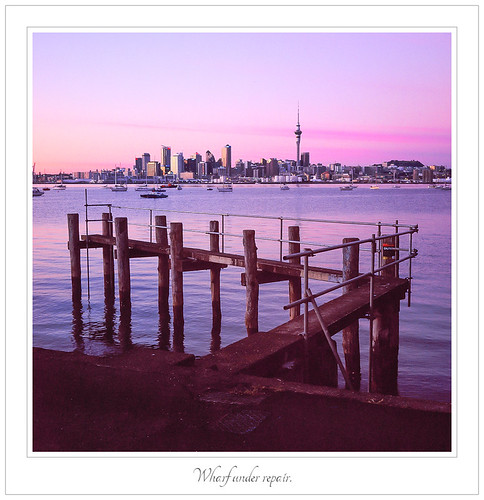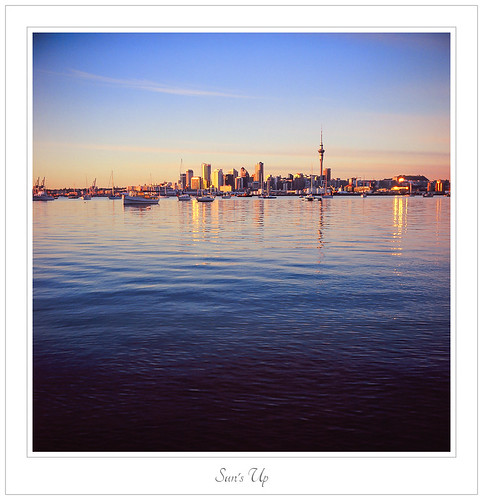Hi Daniel,
Resolution isn't as simple as a test chart.
we know. We are doing such tests for years now. We also compare with other test patterns and other objects people are using in their real life. But one of our result is that we can precisely predict the performance in such situations with the results generated by our standardised test method with medium object contrast.
And with test charts you have the possibility to quantify and compare.
But that is only one of our methods used.
I've published these results because writing about all the other tests would have been a much much too long text
😉.
And: The Ranking between the films is not much different at an low object contrast of only 1,5:1.
The resolution and sharpness advantage of Velvia 100F and Velvia 100 is then a bit bigger compared to the performance
at medium contrast of 1:4 - 1:12.
I would prefer to see grey on grey line chart results not black and white, real scene high spatial frequencies are typically low contrast for most of us.
As I have written in my original post the object contrast of the testchart was
1: 6 (2,5 stops), which is not a high contrast, but a very moderate, medium contrast.
Details with such an object contrast can be found a lot in almost every shot we normally take.
We've used a relatively low object contrast of 1,5:1 as well. Velvia 100F is at 80 Lp/mm, Provia 100F at 60 Lp/mm, and the ISO 100 CN films mostly in the 50-55 lp/mm range.
High end results call for high end optics. You won't see it without that, even if the lens is good, the response rate won't be high in high spatial frequencies.
Please have a look at my original post: The lenses we have used are normal standard 50mm prime lenses with a relative low price. These type of lenses are used by millions of photographers.
You'll naturally get a boosted response rate from high contrast material on a high (relatively by comparison) contrast film.
Again, we did
not use high object contrast, but medium and lower contrasts.
Fuji's datasheets indicate Pro 160S is ridiculously finer than Reala. That Reala 500D is as fine as Reala, some other Eterna stocks finer than Reala. But I've seen good scans of these, and they do not appear as fine as 400H in some examples.
Well yes, due to Fuji's datasheet Pro160S / 160 NS are a bit finer grained than Reala and Pro 400H. We can confirm this from our tests. The grain difference between Ektar and 160NS is quite small and irrelevant in most normal shooting situations, especially if you expose 160NS @100. And E100G, Elitechrome 100, Provia 100F, Astia 100F, Sensia 100 and both Velvia 100 are even a bit finer grained than both.
Cheers, Jan







